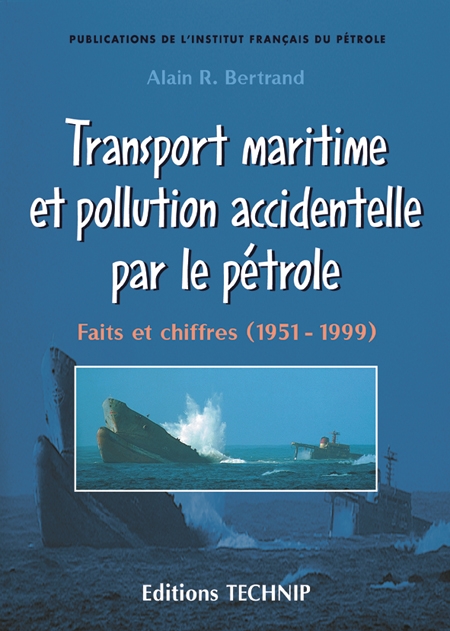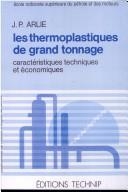Catalysis by Transition Metal Sulphides
From Molecular Theory to Industrial Application
Auteurs : RAYBAUD Pascal , TOULHOAT Hervé
ISBN : 9782710809913
broché 170 x 240 mm 832 pages
Date de publication : Mars 2013
Acheteurs américains

 Ajouter au panier 130 €
Ajouter au panier 130 €
The main application of Transition Metal Sulphides (TMS) as solid catalysts is for production of clean fuels in petroleum refineries. The various feedstocks to be processed all contain more or less sulphur, included in highly stable heteroaromatic molecules. In order to meet the stringent specifications imposed worldwide nowadays on transportation fuels to reduce their environmental impact, catalytic hydroprocessing remains essential. In this process, sulphur is removed as H2S following the reaction between molecular hydrogen and the heteroaromatics. The reaction conditions and reaction medium composition are such that only TMS provide stable catalysts, generally supported on alumina. Both for their fundamental and applied interest, these fascinating systems are still the subject of a very significant research effort, while major advances have been made over the past 30 years, involving innovative preparation routes, sophisticated surface science experiments for characterisation, detailed kinetic and mechanistic studies, and state of the art DFT simulations giving unprecedented insight into the local structure as well as elementary steps at microscopic level.
This book aims at providing a complete, comprehensive and updated survey of the field, useful for anyone involved: the student starting a research project, the academic researcher or the refinery engineer willing to deepen their knowledge on the catalytic as well as on the process aspects. 37 specialists from IFP Energies nouvelles, CNRS, or French universities have contributed, reporting a unique synthesis of the last 15 years of research. The preface written by Michèle Breysse, a well known leading scientist who devoted most of her fruitful career to this topic, puts this collective work into a meaningful historical perspective.
Table des matières :
Part 1. Fundamental Aspects: Insights from DFT calculations and experimental surface sciences. 1. Periodic trends in catalysis by sulphides. 2. Atomic scale structures of mixed lamellar sulphides. 3. Theoretical and microkinetic studies of hydrotreatment reactions. 4. Models of supported Co(Ni)MoS Catalysts. Part 2. Progress in the preparation and characterisation of industrial hydrotreating catalysts. 1. Principles involved in the preparation of hydrotreatment catalysts. 2. Progress in the preparation of new catalysts. 3. Progress in the preparation of catalysts with controlled acidity: case of aluminosilicate supports. 4. Activation and genesis of the active phase by sulfidation. 5. life cycle of an HDT catalyst. 6. Charaterisation of catalysts. Part 3. Applications to the production of clean fuels. 1. An overview of refining. 2. Deep desulphurisation of middle distillates. 3. Selective desulphurisation of catalytic cracking gasolines. 4. Hydrocracking. 5. Hydroprocessing and hydroconversion of residue fractions. 6. Hydrotreatment of vegetable oils. 7. Hydroconversion of coals. Conclusion.
 Technology of Catalytic Oxidations (The)
Technology of Catalytic Oxidations (The)
 Ajouter au panier
147 €
Ajouter au panier
147 €
 Transport maritime et pollution accidentelle par le pétrole
Transport maritime et pollution accidentelle par le pétrole
 Ajouter au panier
28 €
Ajouter au panier
28 €
 0
0

 Inscription newsletter
Inscription newsletter


 Partager
Partager
 Tweeter
Tweeter

 Dossier de presse
Dossier de presse
